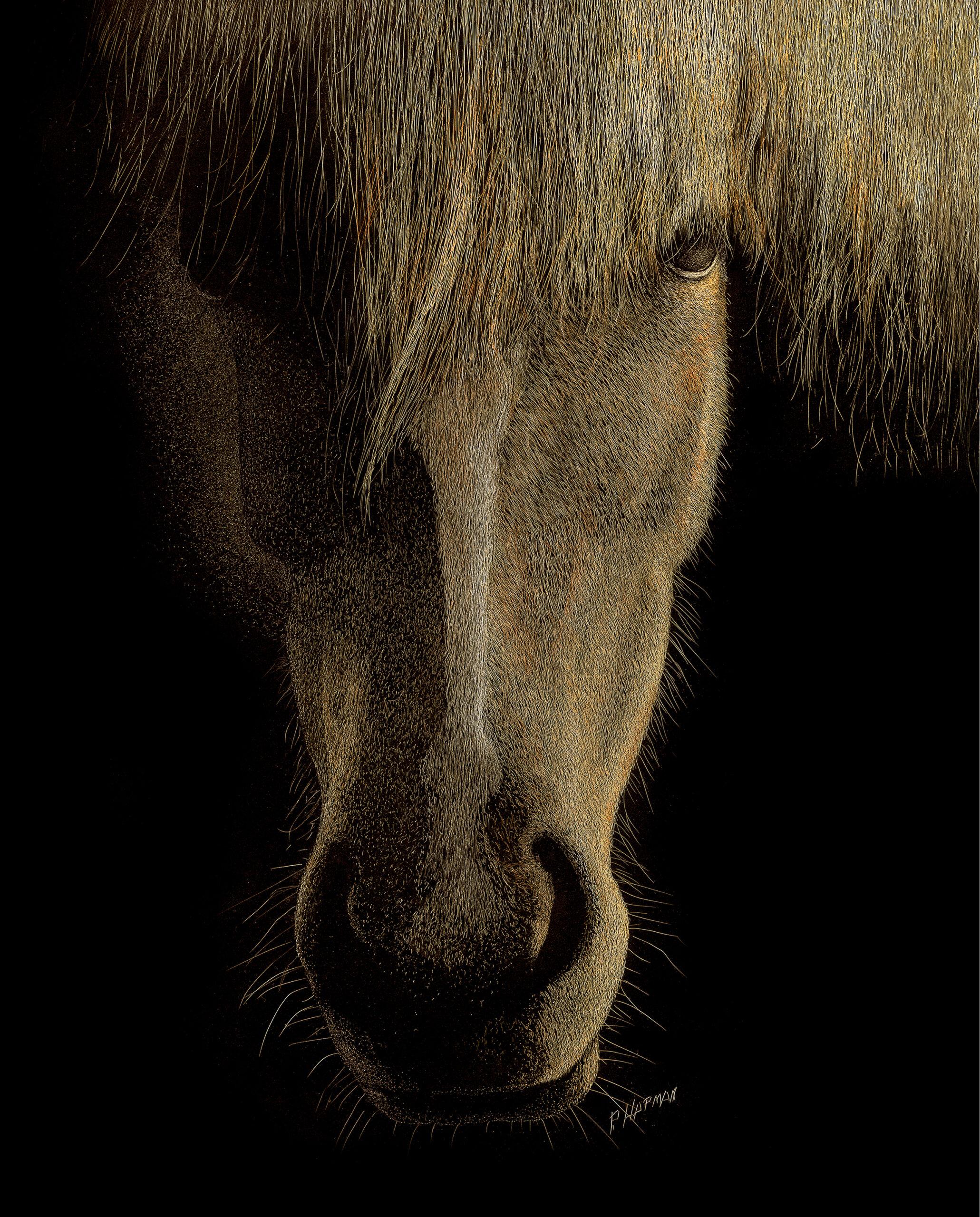The Intricate World of Scratchboard Art
Scratchboard art, a form of engraving that offers dramatic contrast and striking detail, is both an ancient technique and a modern medium of expression.
The History of Scratchboard Art
Scratchboard originated in the 19th century as a tool for reproduction in printing, before photography became widespread. Initially used for illustrations in medical, scientific, and botanical publications, it allowed artists to produce precise and high-contrast images.
Understanding the Technique
At its core, scratchboard consists of a board coated with a layer of white clay, which is then inked with black India ink. Artists use various tools to meticulously scratch off the ink, revealing the white surface beneath. This process of subtraction allows for the creation of detailed, high-contrast images that highlight light and shadow.
Modern Applications and Tools
Today, scratchboard has evolved beyond black and white. Artists now incorporate colors either by using pre-colored boards or by adding color to the white clay surface after engraving. Tools have also diversified from traditional knives and nibs to include fiberglass brushes and other modern implements that allow for a variety of textures and effects.
Why Scratchboard Art Captivates
The allure of scratchboard art lies in its stark contrasts and the precision of its line work, which can bring illustrations to life with a vividness that rivals photography. Its capacity for fine detail makes it particularly popular for depicting intricate textures like fur, feathers, and foliage.
Scratchboard art stands out from other artforms for its unique blend of history, technique, and visual impact.





